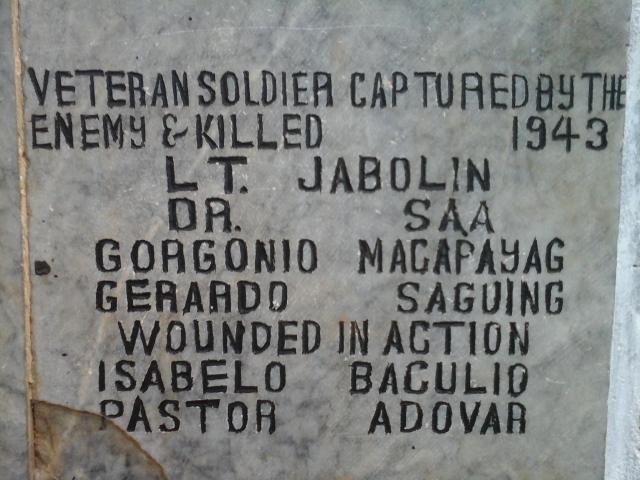The Massacre at El Salvador, Mis Or, Philippines
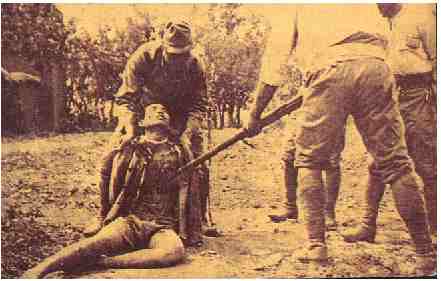
Bayoneting POW’s and Civilians has long been practiced by the Imperial Japanese Army. Here, a prisoner of war is propped up and used as “target” practice for Japanese Infantrymen using their type 30 Arisaka Bayonet. This picture of the 1937 Nanking Massacre would be repeated all over the Japanese Occupied territories in the Pacific until the end of the war.
January 3 1944. Bururan, El Salvador. Men on duty at the beach failed to send morning reports to their Commanding Officer, Maj. Fidencio M. Laplap of the109th Regiment, 10th Military District. The enlisted man he sent as runner returned with the grim news that the garrison was in disarray and abandoned.
Upon the inspection of Maj. Fidencio Laplap, he and his men found the following soldiers buried in what used to be their .30 Cal. Machine Gun emplacements:
1st Lieut. Fidel Saa Sr.– with nine (9) bayonet wounds, mostly through the heart, and the face severely smashed.
2nd Lieut. Eufronio Jabulin – with six (6) bayonet wounds, mostly through the heart. The eyes were badly smashed; left arm broken; all parts of the body bruised and severely lacerated.
Sgt. Gregorio Macapayag – with one wound through the chest (left breast) two (2) wounds below the heart and the face blackened by severe butt strokes.
Corporal Gerardo Saguing–with three (3) wounds through the heart; the chest battered by blows.
Private E. Eling – with four wounds through the heart and hand tied behind.
Chong Ing (A Chinese Civilian) – bayoneted through the heart 4 times.
It is believed that a platoon of Japanese soldiers was able to stealthily surround the outpost with the aid of Filipino collaborators, overpowered the sentry, tied his hands and used him as bait to let the others surrender. They were interrogated , tortured and bayoneted. The Chinaman, Chong Ing, happened to be travelling at night and was captured by the Japs. He too was killed. The bodies were buried in the local Cemetery at Tagnipa, El Salvador. This happened during the time when the Japanese soldiers were actively looking for Major Fidencio Laplap’s guerrilla force. They also captured Major Laplap’s father, Melenio and executed him. Apparently the Japanese Kempeitai was not able to gather any useful information to effectively capture Maj. Laplap and destroy his guerrilla force.
See: https://thepacificwars.com/col-fidencio-laplap-liberator-cagayan-de-misamis/
A forgotten Kagay-anon hero
Lt. Fidel Saa Sr. was the 109th regiment’s Dental Surgeon, hails from Cagayan de Oro and was married to Enriquita Mercado of Gingoog City. They have 3 sons; Le Grande (1938), Fidel Jr(1939) and Ruel (1940). At the time of his death, Dr. Saa’s wife was pregnant with their fourth child. Stress and Mental Anguish took its toll on Enriquita when she learned of her husbands fate. She had a difficult pregnancy and died giving birth to a baby girl. The baby did not survive. The young Saa boys were soon taken under the care of their uncle and aunties (Saa) and they lived in Macabalan, later on in Puntod. Cagayan de Oro City. (with Rose Marie Saa)
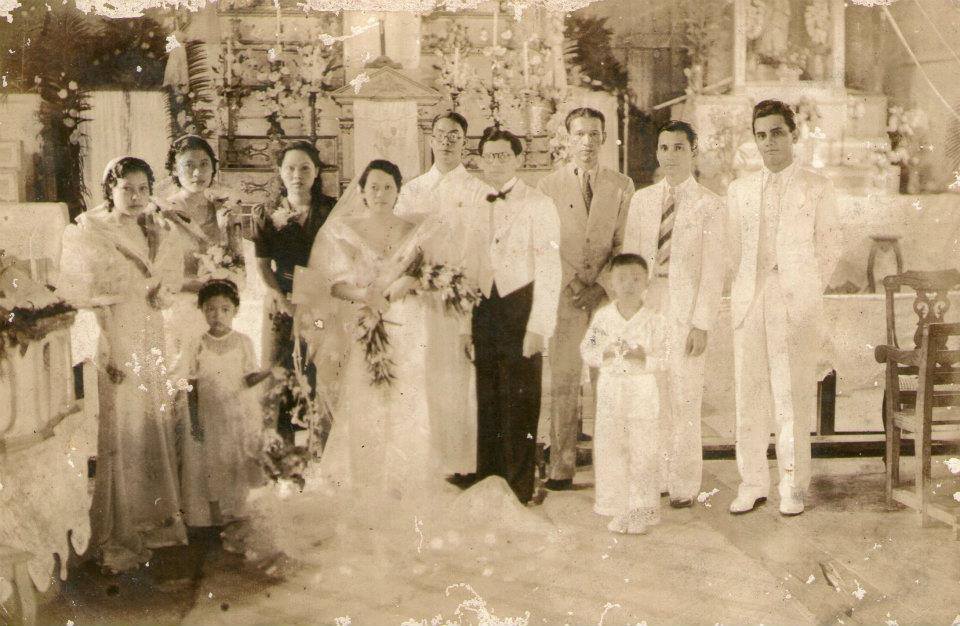
Dr. Fidel Saa Sr. and His wife Enriquita during happier days. Photo was taken during their wedding in Gingoog, 1937.
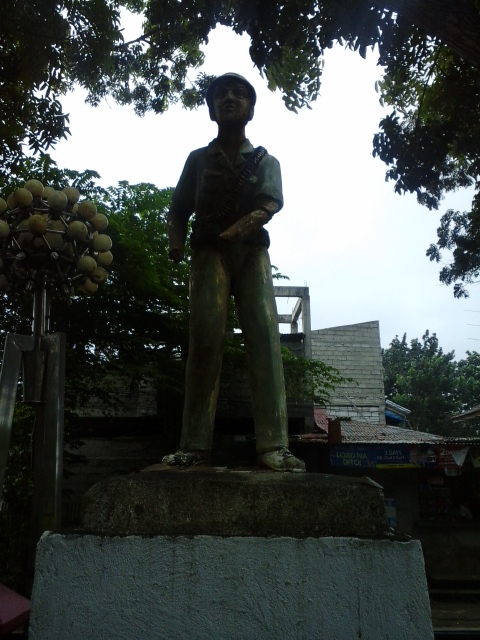
The Monument for the 109th Guerrillas at El Salvador City today, vandalized and forgotten.
The partial and incomplete names of the fallen written in the base of the monument. Sgt Gregorio Macapayag is listed as Gorgonio Macapayag. The names of the El Salvador guerrilla’s WIA; Baculio and Adovar appears on the monument but they sustained their wounds elsewhere, during the guerrillas countless campaigns against the Japanese.
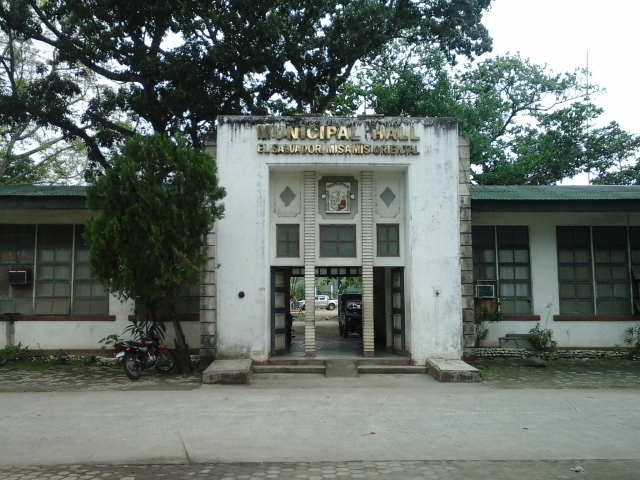
The old El Salvador Municipal Hall. The small monument for the El Salvador Guerrillas of the 109th division could be found in the Park.

